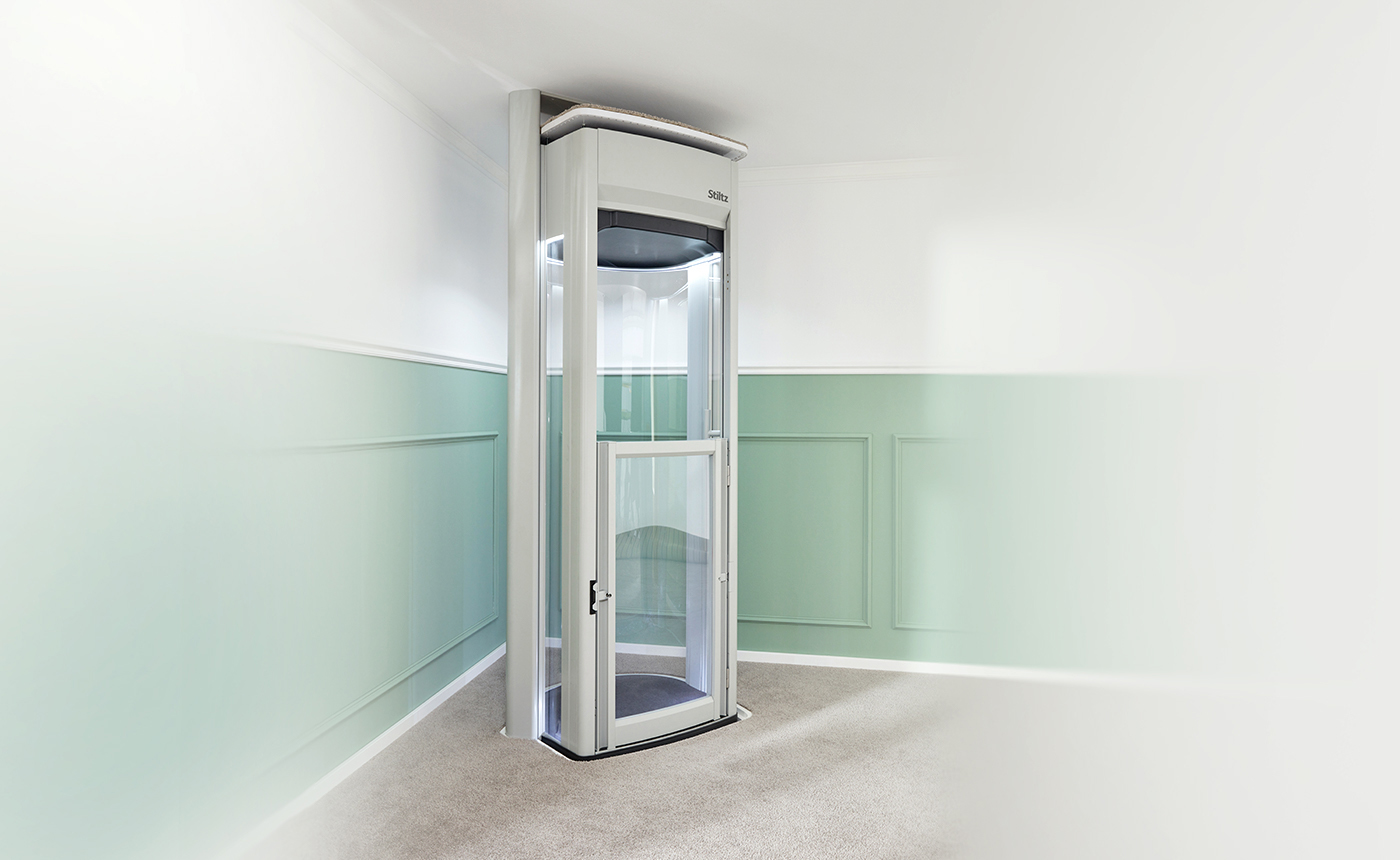Discover Trustworthy Lift Repair Near Me for Rapid and Affordable Solution
Exploring the Globe of Elevators: Typical Issues Dealt With by Various Lift Devices
As we browse via the vertical transport systems of contemporary structures, lifts stand out as an essential component of our everyday lives. From hydraulic lifts to grip systems and machine-room-less layouts, each lift kind comes with its collection of common issues.
Hydraulic Lifts
Hydraulic elevators, frequently chosen for low-rise buildings, use fluid stress to regulate the activity of the lift vehicle (lift repair companies). This device entails a hydraulic pump pressing oil right into a cyndrical tube, creating the lift to relocate in the wanted direction. While hydraulic elevators are understood for their peaceful and smooth operation, they do include their own set of common problems
One common problem with hydraulic lifts is oil leakage. Additionally, issues with the control system, such as damaged shutoffs or a malfunctioning pump, can trigger disruptions in the lift's motion.
Normal upkeep and prompt repairs are necessary to ensure the smooth performance of hydraulic elevators. By addressing these usual issues proactively, structure owners can minimize downtime and make certain the security and efficiency of their upright transportation system.
Grip Lifts
When taking into consideration vertical transport systems in structures, another usual type aside from hydraulic lifts is the traction lift. Traction lifts operate making use of a system of ropes and counterweights that relocate the elevator vehicle by clutching onto the hoist ropes. This system enables smoother and quicker vertical transportation contrasted to hydraulic systems.
Among the common concerns faced by grip elevators is rope wear. The consistent activity of the ropes within the traction system can result in damage over time, potentially creating the elevator to malfunction or come to be risky for usage. Regular examinations and maintenance of the ropes are necessary to ensure the elevator's correct functioning and safety and security.
Another concern that grip lifts may come across is associated with the control system. Troubles with the control system can bring about issues such as unpredictable activity, delays in reaction times, and even full closures. Routine screening and upkeep of the control system are important to stop such issues and guarantee the elevator's dependability.
Machine-Room-Less (MRL) Lifts

Among the essential components of MRL lifts is the compact gearless grip device that is mounted within the hoistway. This device successfully drives the elevator car without the demand for bulky tools found in typical traction lifts. Additionally, MRL lifts generally utilize a counterweight system to stabilize the auto, further improving their power efficiency.
In spite of their benefits, MRL lifts might face difficulties connected to upkeep and repair service due to the confined area for devices installment. Accessibility for servicing components within the shaft can be limited, needing specialized training for service technicians. Correct maintenance we maintain lifts routines and routine assessments are critical to ensure the continued smooth operation of MRL lifts.
Overloading and Weight Limit Issues
Straining and weight restriction concerns are important worries in elevator procedures. Lift producers design raises with certain weight capabilities to guarantee passenger safety and security and devices longevity.
When lifts are overwhelmed, it puts too much stress on the motor, cords, and various other parts, potentially creating breakdowns or breakdowns. Safety devices such as sensing units and overload sensors remain in location to prevent lifts from moving if they find excess weight. Furthermore, exceeding weight limitations can lead to boosted energy consumption and wear and tear on the elevator system.
To reduce straining problems, building supervisors should plainly display weight limitations in lifts and educate residents on the relevance of adhering to these constraints - lift repair companies. Regular maintenance checks by certified professionals can also assist make certain that elevators are operating within risk-free weight criteria. By dealing with overloading and weight limitation concerns proactively, building owners can improve lift safety and efficiency
Electrical System Failings
Going beyond weight limits in elevators can not only cause mechanical concerns but also potentially contribute to electrical system failings within the lift framework. Electric system failings are a vital problem in elevator operation, as they can cause unforeseen shutdowns, malfunctions, and even security dangers. One usual electric concern is the getting too hot of parts due to excessive current flow brought on by overloading the elevator beyond its capacity. This can lead to damage to the control, motor, or electrical wiring systems, leading to costly repair work and downtime.
Routine upkeep and inspections are vital to determine and resolve potential electric issues immediately, making certain the efficient and risk-free procedure of elevator systems. By sticking to weight restrictions and conducting routine electric system checks, structure owners can reduce the threat of electric failures in lifts.
Conclusion

Hydraulic elevators, typically preferred for low-rise structures, use fluid pressure to regulate the movement of the lift automobile.When thinking about upright transport systems in buildings, an additional common kind apart from hydraulic elevators is the grip lift. Traction elevators run using a system of ropes and weights that relocate the elevator cars and truck by gripping onto the hoist ropes. Unlike standard lifts that require a separate maker area to house the equipment, MRL lifts integrate most of the parts within the shaft, eliminating the need for a specialized machine room.In final thought, lifts encounter common issues such as hydraulic breakdowns, grip system failings, and electrical system problems.